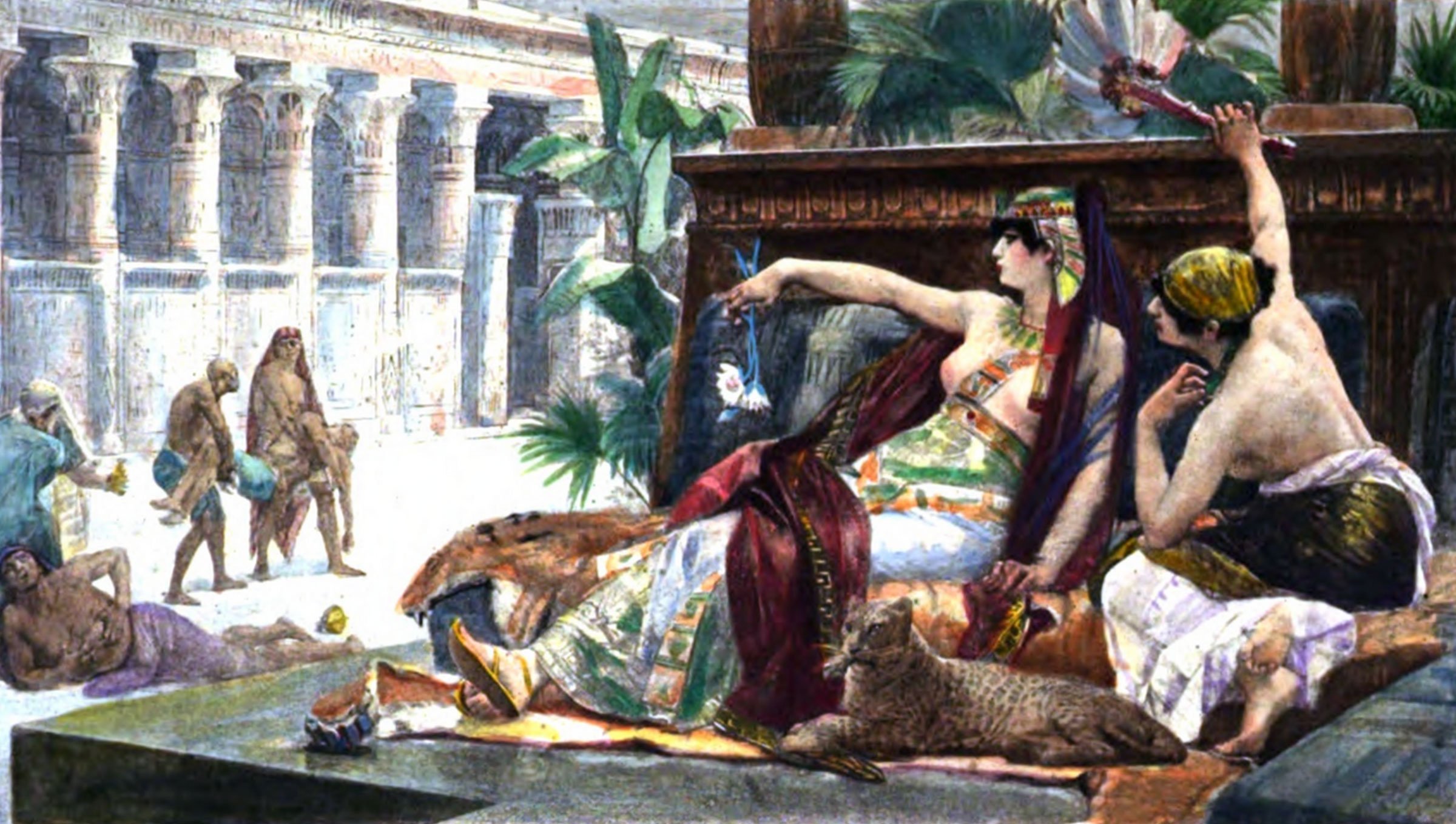
Cleopatra VII
Cleopatra VII was born in 69 B.C. Her father was King Ptolemy XII, and her mother was believed to be Cleopatra V. They were members of the Ptolemaic dynasty. Originally her family came from Greek Macedonia . They Ptolemy family spoke only Greek, and they refused to speak Egyptian. Cleopatra never learned Egyptian, even though she proclaimed that she was the reincarnation of the Egyptian goddess Isis.
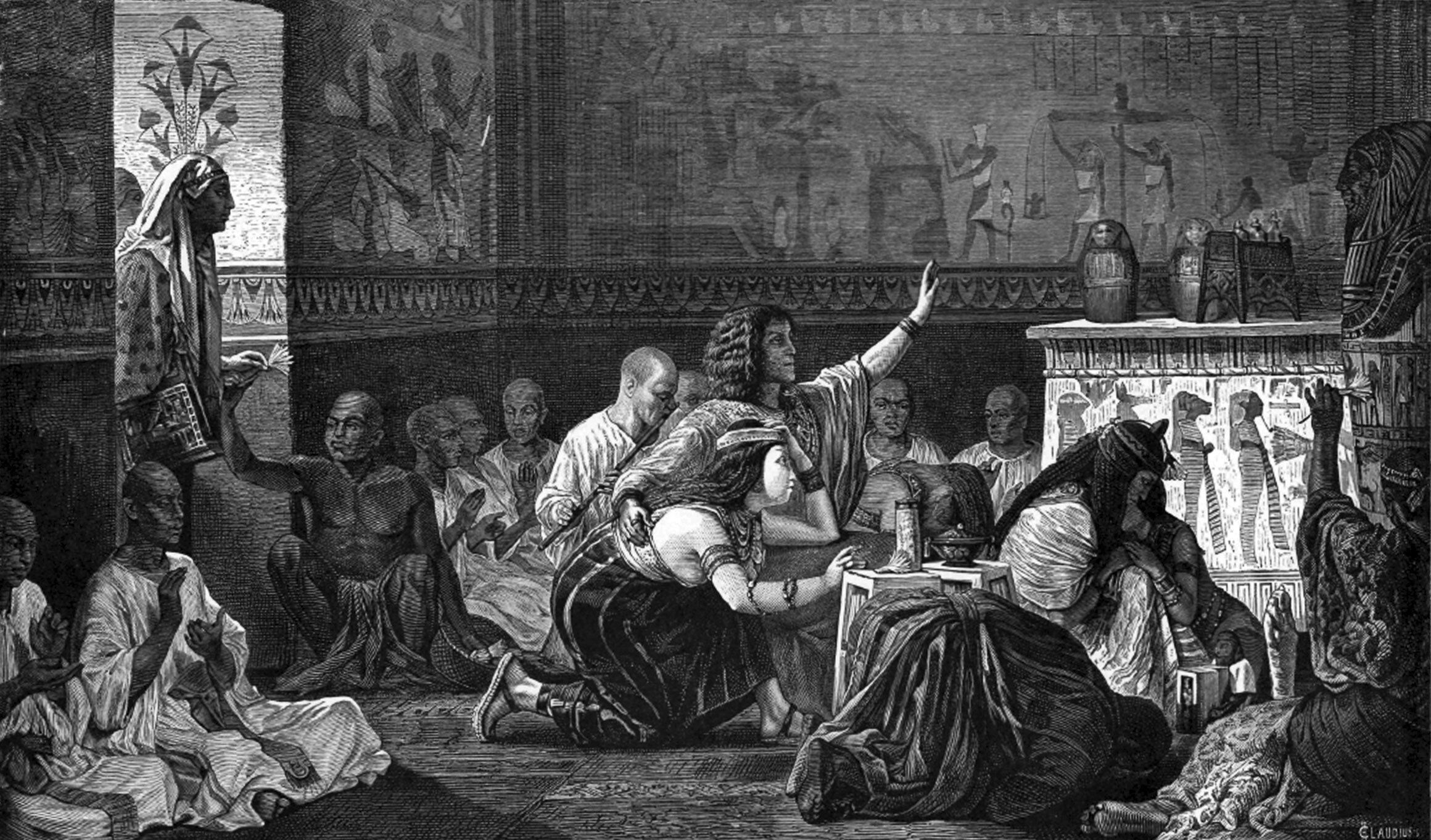
Egypt Social and Political
During the Predynastic Period, Egypt was mostly small scattered communities and nomads. Gradually, these communities merged or were conquered by each other. Then, as they grew they joined together for both protection and for irrigation projects. Before long, these communities or tribes merged together to form administrative districts called nomes. Each nome was governed by a nomarch or governor. It was the responsibility of the nomarch to maintain a food reserve in case of famine or natural disaster.
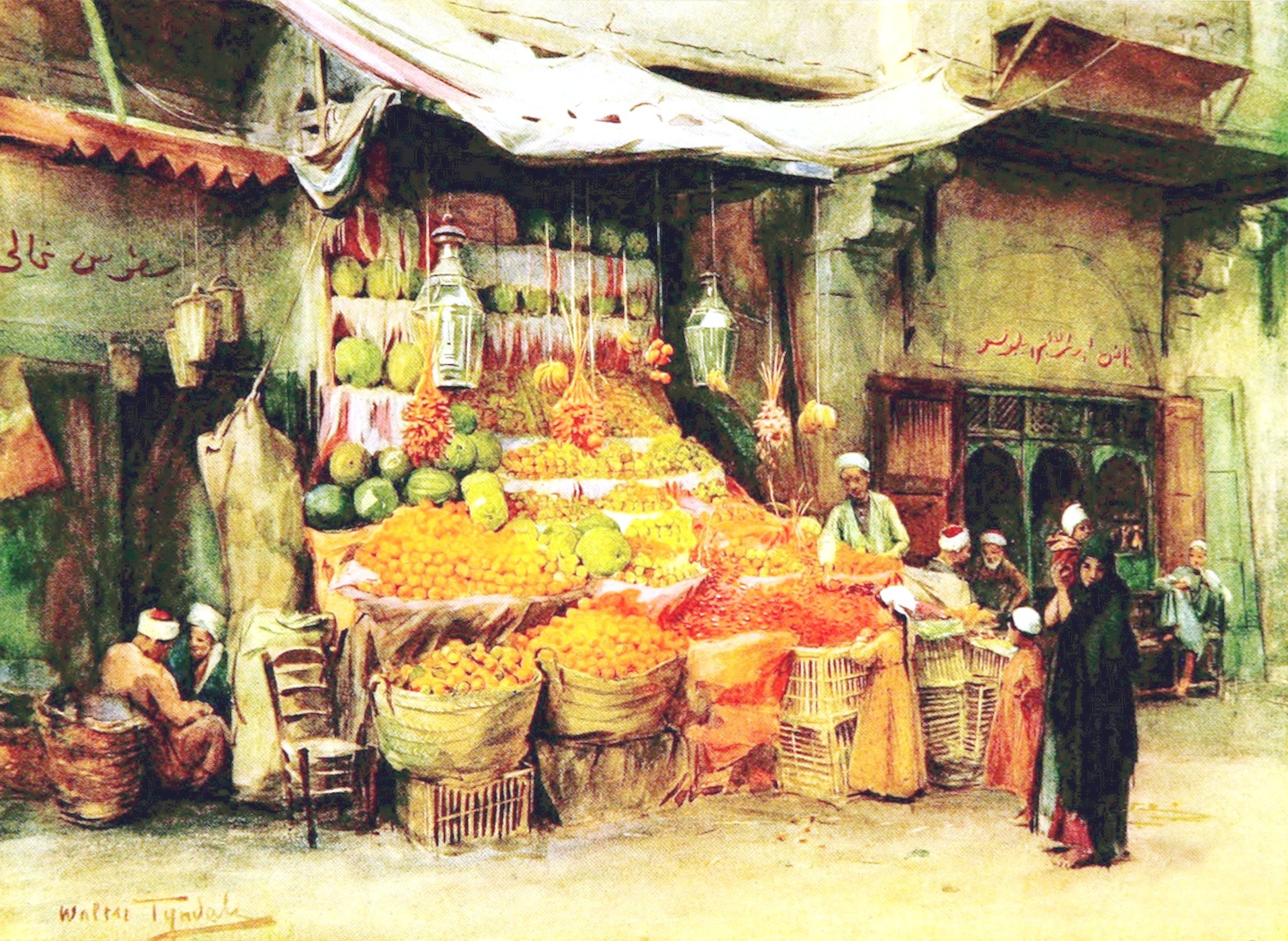
Egyptian Agriculture
Agriculture first emerged in the Nile Valley around 5000 B.C. From the very beginning the communities of the Delta and Nile Valley realized that if they were going to have an efficient irrigation system then they would have to work together. Archaeologists have discovered limestone scenes that depict the ruler Scorpion initiating an irrigation program in 3200 B.C. These early Egyptians constructed earthen dikes that divided the rich Nile River Valley into compartments of different sizes. When the river rose the water was diverted into these areas through a system of canals.

Egyptian Architecture
After thousands of years we are still amazed at the grandeur and design of ancient Egyptian architecture. Not only did the Egyptians construct the largest stone building in the world, the Great Pyramid, but they also built the Karnak Temple which was the largest place of worship. The Karnak Temple received additions from over 20 pharaohs until it was over 600 acres in size. The ancient Egyptians introduced us to several new architectural ideas including columns, pylons, the cavetto cornice, torus molding, and the kheker frieze.

Egyptian Art and Sculptures
Egyptian art was produced collectively in assembly line form. Several people worked at the same time on one statue. One worked on an arm while another worked on a leg. Even painting was done in assembly line form. When a temple or palace wall needed to be painted in mural style the Egyptians would paint one color at a time. The first group would paint the first color, and then another group would paint the next color, and so on. No one person could lay claim to one public work of art. When the Egyptians found something that they liked they did it over and over, sometimes refining it over thousands of years.

Evolution of Egyptian Writing and Language
The earliest Egyptian writing developed from pictographs or simple drawings by prehistoric people. These pictographs were crude drawings of objects that were known to everyone no matter what language they spoke. Pictographs could not express emotions, thoughts, or beliefs. They also could not express past, present, or future. The earliest known writing system or script emerged from this system of pictographs.
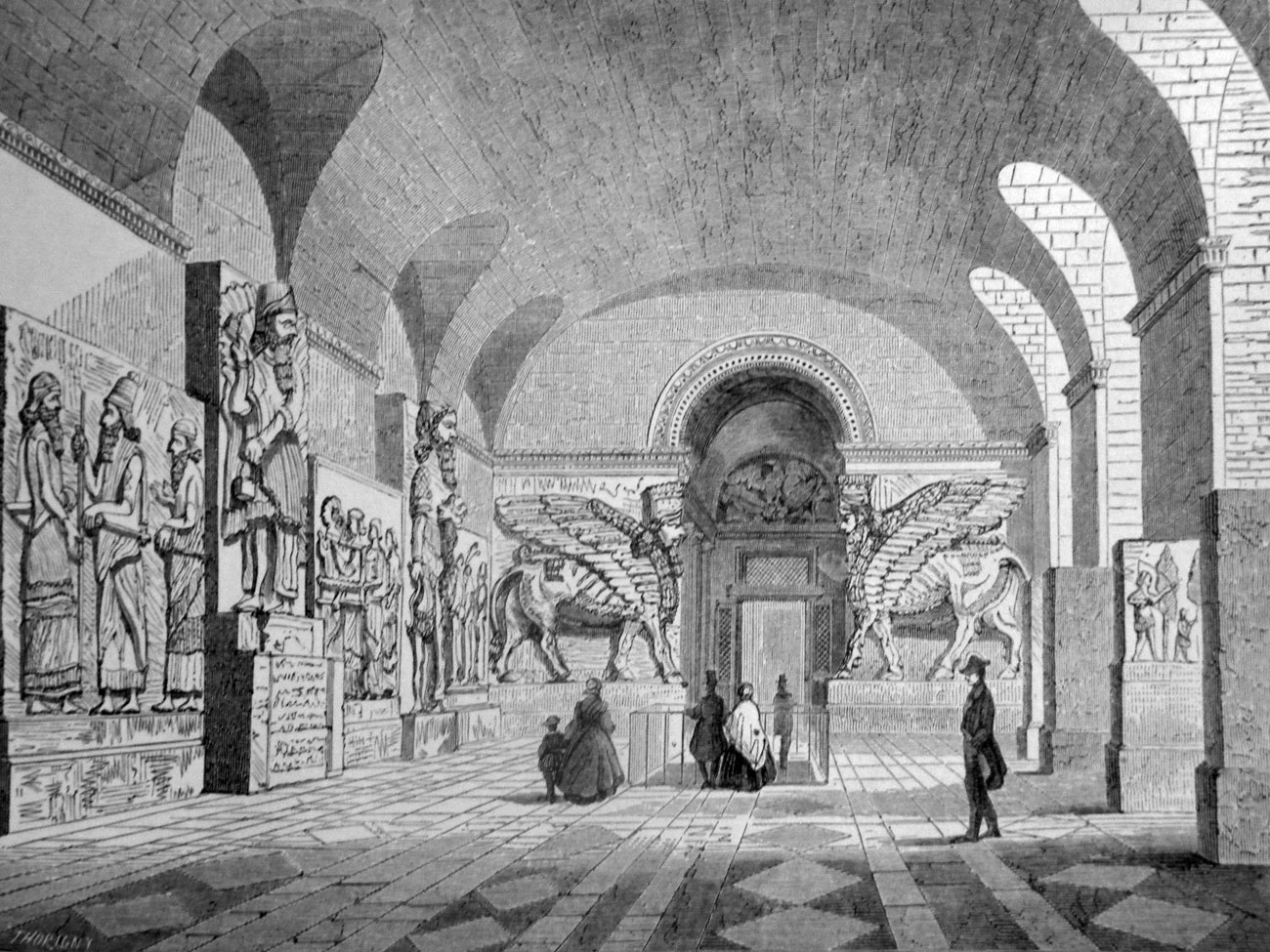
Hammurabi
Shamshi-Adad was the fourth king of Babylon. Shamshi-Adad was a general of Amorite descent, and the son of a Euphrates prince. He overthrew the Assyrian Dynasty, annexed the region called Mari, and subsequently controlled from the Mediterranean to Babylon. It was during his reign that Hammurabi became king in Babylon.
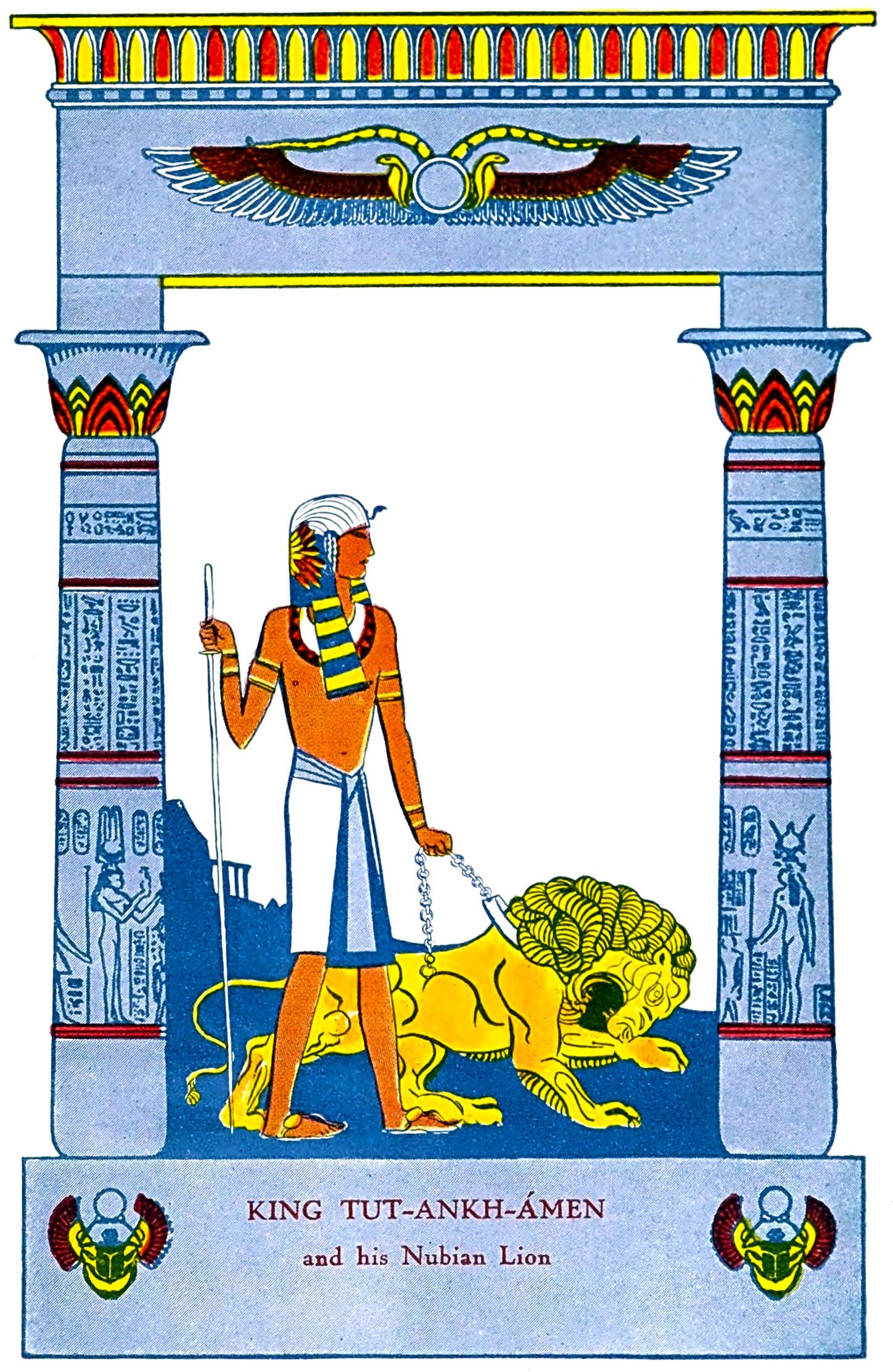
King Tutankhamen
Today, Tutankhamen is the best known of all of the Egyptian pharaohs. This is because in 1922 Howard Carter and George Herbert discovered his undisturbed tomb in the Valley of the Kings. The discovery made news worldwide because it was loaded with amazing artifacts. The wealth found in King Tut's tomb astounded the entire world. The vast majority of the remains were left intact inside the tomb, which is in Luxor, Egypt. The most important artifact discovered inside the tomb was King Tut's burial mask. The burial mask is housed in the Egyptian Museum in Cairo, where it is kept in an air conditioned room.
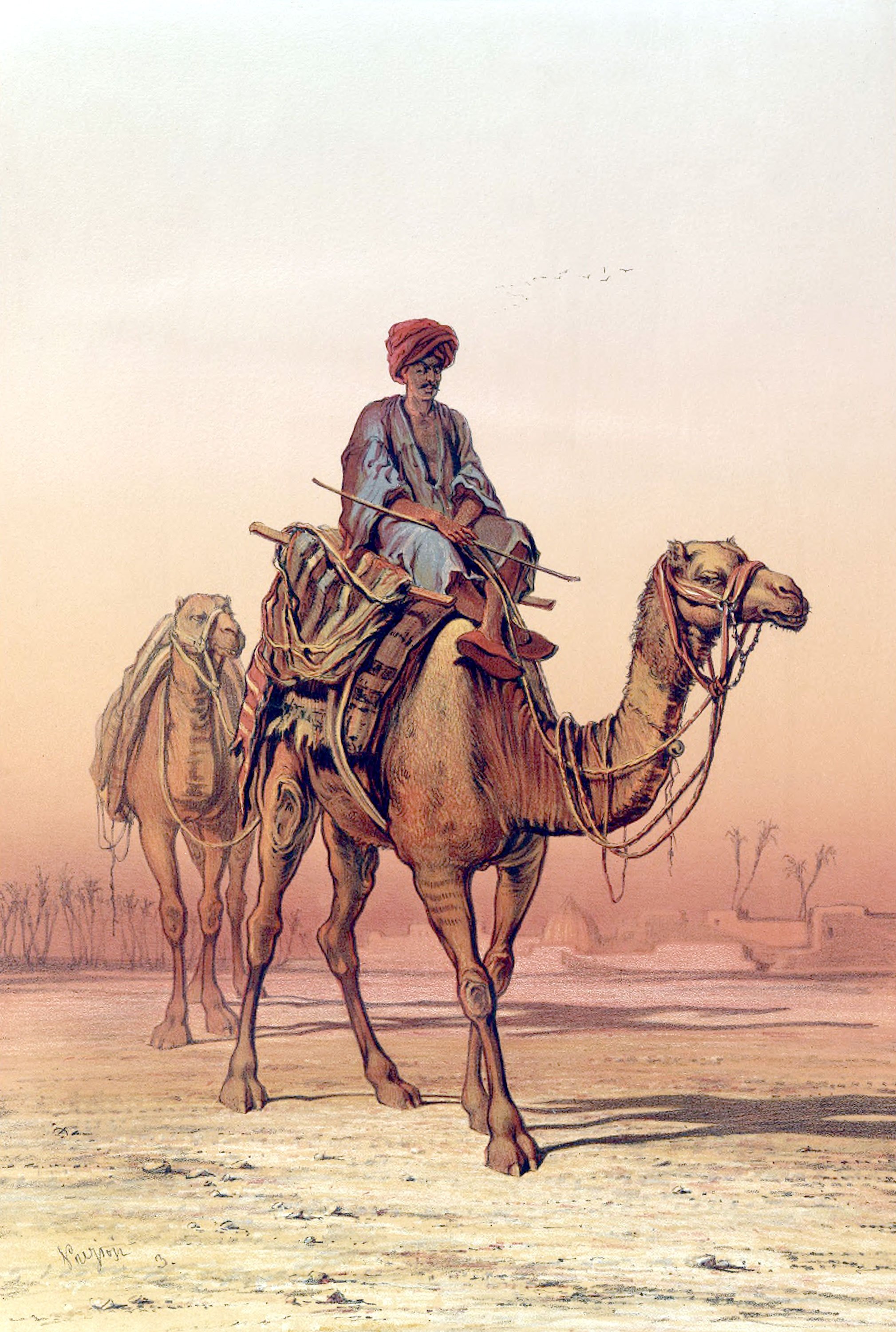
Kush-Nubia
The Kush-Nubia civilization was located directly below southern Egypt. The two countries were connected by the Nile River. In Kush-Nubia the Nile passes through a series of six cataracts (rocky rapids) that interrupt navigation and are largely impassable.
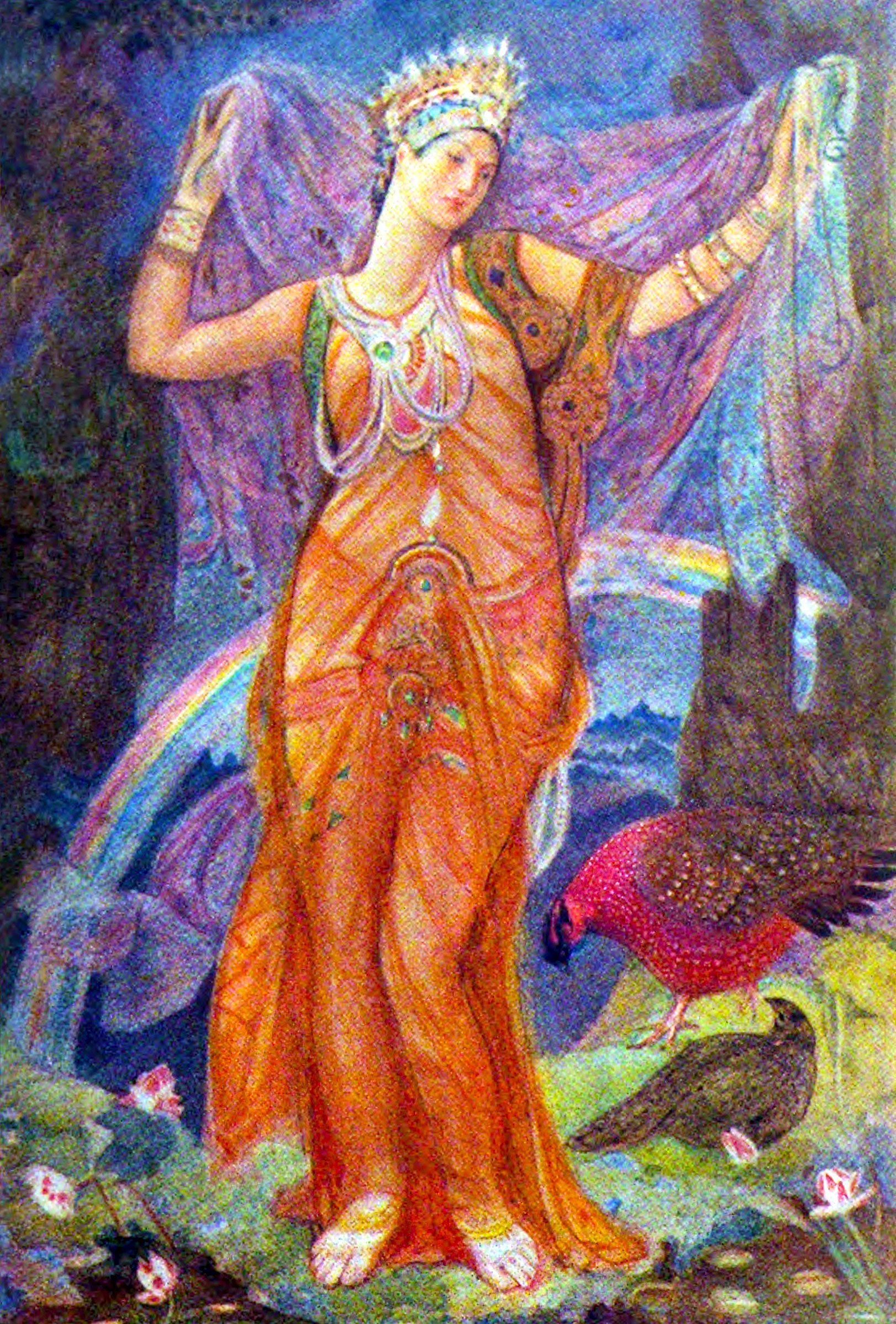
Mesopotamia
In the beginning, Mesopotamia's ruler was called an “en.” The en served as a high priest or god's representative on earth. The en also was the political or secular(non-religious) authority. After much time, the population grew and there emerged a need for a larger government. Before long, the office of governor was added, and they called him a ensi. At this time, the ensi was in charge of the military, commerce, trade, law and order, all religious rituals, and the management of temple lands. During times of attack or special needs, the Mesopotamians were known to elect a “great man,” or “lugal” who would serve long enough to lead them out of the impending disaster. However, if the crisis continued then the lugal might have become a permanent leader. In this case he would have to claim that he had been chosen by heaven, and he would have had to have support from from the highest priest from the temple of the god Enlil at Nippur.
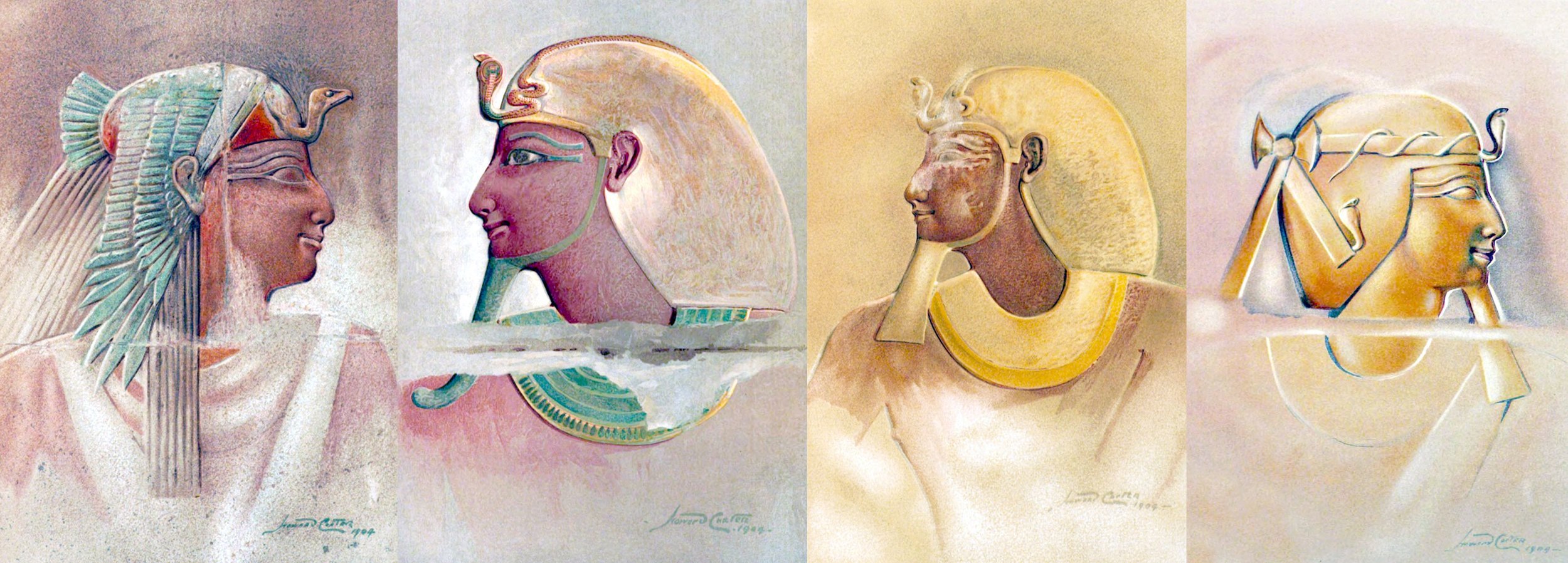
Queen Hatshepsut
Thutmose II became king of Egypt when he married his father's eldest daughter by his principal wife. King Thutmose would have only one child by his sister bride Queen Hatshepsut, a daughter named Neferure. So when Thutmose II died 13 years later, the crown was passed to a son born into the royal harem. King Thutmose III was only an infant and not yet ready to rule Egypt. As a result, Queen Hatshepsut ruled Egypt on his behalf. For many years she allowed the young king to take precedence in all activities, but as time passed it became more and more apparent that she was about to flout tradition.
